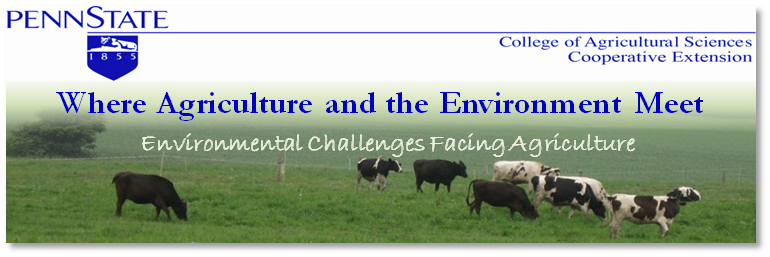
By definition, a watershed is an area of land that drains water, sediment, and dissolved materials to a common receiving body or outlet. Watersheds are made up of small streams, which drain into larger streams and rivers and then into bodies of water like the Chesapeake Bay. Although surface water makes up a large portion of water that drains a watershed and is what most people think of, there is also ground water that flows to rivers and streams within a watershed. The movement of ground water within the watershed is what feeds the streams and rivers during times of drought. Precipitation that falls on a watershed can enter the streams through surface water runoff or through the ground water. Soils and plants filter groundwater before it reaches a stream removing much of the contamination (sediments and nutrients). Surface runoff is not subjected to this type of filtration. Therefore, precipitation that enters streams via surface water will contain more contaminants and sediment than water that enters streams via ground water. In forested watersheds, almost all the water that falls is used by plants or gets incorporated into ground water with very little surface runoff or evaporation. The streams in forested watersheds are therefore cleaner than streams in deforested watersheds. By installing stream bank fencing and instituting no-till farming practices famers increase vegetation in the watershed, which can increase the proportion of precipitation that is incorporated into ground water and reduce surface water runoff helping to ensure precipitation reaches the streams as free of contaminants (sediment, nitrogen, phosphorus, etc.) as possible. Watersheds may seem like abstract concepts to many, but everyone lives in a watershed and they provide quality water for people and animals.

No comments:
Post a Comment